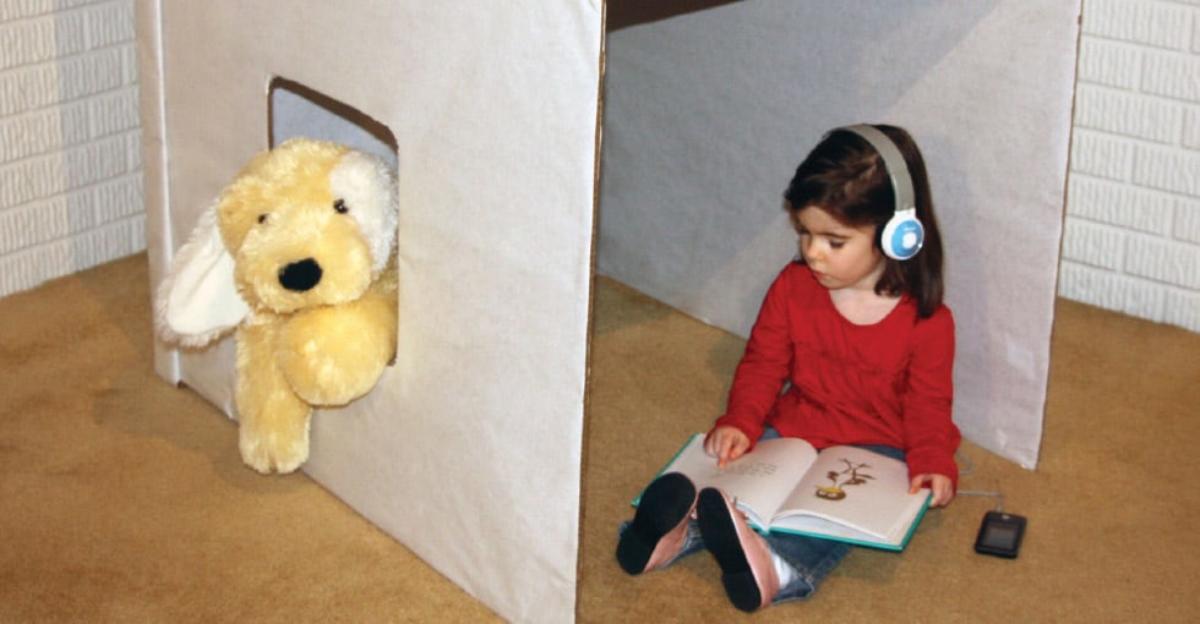Teaching students with ADHD or ADD can be challenging for both the teacher and the student. By using a filter such as exercise, weight, pressure or vibration, we can help our kids to effectively sift through extraneous sensory information. Calmers and organizers are those tools that provide the right input needed to execute daily tasks such as learning, working and being productive. For those individuals with ADHD, Autism or sensory processing disorders, having calmers and organizers at your disposal can save their day. Though we often think of calming in regards to the body and organizing in regards to the mind, frequently it is our minds that need to calm and our bodies that require organizing. An under responsive child, for example, may need heavy work to engage and orient his body to be ready to learn.
Heavy Work. We adults like to think of this as exercise, but heavy work may mean taking out the trash, or stacking the chairs. It might mean carrying a stack of books. There are many tools that can help employ heavy work, but it provides a wonderful filter to the body. In fact our bodies crave movement and work. Recess can be a form of heavy work, but unfortunately there is not often enough of this wonderful past time. Using heavy work in your classroom can waken, alert and organize your children.
Timers. No questions asked here. Timers are like paper and pencil to an organized classroom environment. Timers can provide auditory as well as visual feedback and can be used to help your kids stay focused and attended. You can provide count up or count down timers. A timer however should not be used with overly anxious children unless the timer provides them with a sense of security.
Motion. Rock, balance, spin and swing. The vestibular system loves motion. Gentle motion and rocking can lull one to sleep but can also be used to just relax and calm. Swings can be used to alert or to calm and spinning in general is quite alerting. Using such tools in your multi-sensory room or sensory area can provide the right sensory diet that your children need to be better students.
Vision. Not all who see process visual information efficiently; we see this with struggling readers or those who just miss visual cues. Lighting and controlled visual tools can bring your sensory environment to the next level. In fact lighting is at the heart of every home, classroom or sensory space. For your most withdrawn children, the right visual input can awaken them to an entire new world.
Sound. The saying is, “music to our ears.” Sound can transport us to another place or bring us to the present moment. It is a most powerful filter for sensory processing and having the right sounds in your classroom have been shown to actually improve performance.
Touch. Using touch organizers can be as simple as keeping a fidget handy for the fingers, having regular art time or getting your hands messy with sand and putty. Heavy handwork can be uplifting and invigorating.
Enjoy using organizers to improve the quality of your day and help your kids to understand their sensory system and which organizers work best for their own sensory and educational needs.
Visit our website for more ideas!






Leave a Reply